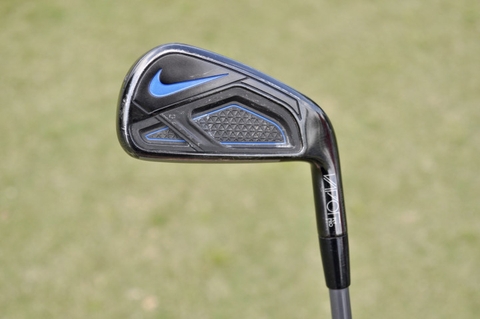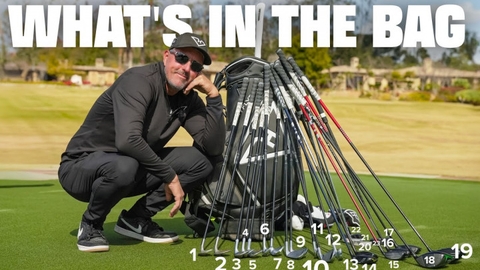-
-
-
Total:
-

Why is being able to hit both a fade and a draw so important?
Knowing how to hit both a fade and a draw doesn't just help golfers handle difficult situations flexibly; it also opens up more effective attacking options on the course, elevating their strategic game in each round.

When you watch professional golfers compete each week, you'll easily notice their near-absolute control over the ball's flight. Whether it's a high or low shot, a draw or a fade, they can execute it flawlessly.
Many amateur golfers only know how to hit one specific type of shot, and most of them hit a fade—or, more realistically, a slice. Sticking with a familiar shot isn't inherently wrong, but if you know how to hit the ball both ways, with a fade and a draw, the benefits are immense.
Benefits of Being Able to Hit Both a Fade and a Draw
One of the clearest situations where adjusting your ball flight is effective is on a tee shot. Let's say on the hole you're about to tee off on, there's a hazard like water or a bunker on the right side of the fairway. Hitting a fade (for a right-handed golfer) would bring the ball closer to that danger. In this situation, choosing to hit a draw to move the ball away from the danger zone is a much smarter approach.
Another example: when you unfortunately hit your ball into the trees and need to get it back to the safe fairway. Of course, a simple punch shot to recover is a basic option, but if you can use a draw or fade technique to curve the ball around the trees, you'll be in a much better position for your next shot.
Furthermore, controlling the ball's trajectory is incredibly useful when you want to attack difficult pin positions. For instance, when the flag is tucked in the back-left corner of the green with a bunker guarding the front, a fade would be very difficult to get close to the pin. But if you can hit a draw, curving the ball in the opposite direction, your chances of making a birdie become much clearer.
Being able to control the ball to fly both ways, with a fade and a draw, isn't easy, but once mastered, you'll have the ability to approach the course more proactively and strategically than ever before. This is the step that helps amateur players get closer to the mindset and skills of professional golfers.
Share:
 Vietnam
Vietnam
 English
English
 Korea
Korea
 China
China











